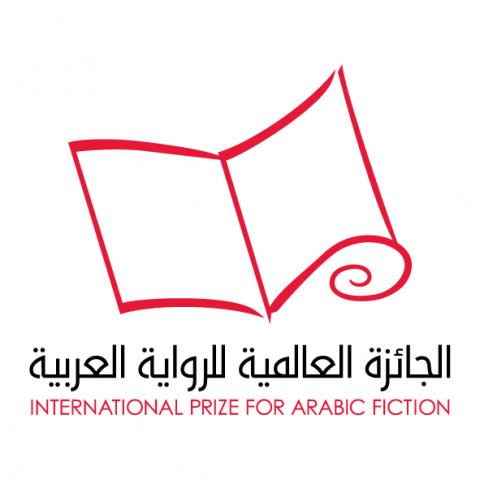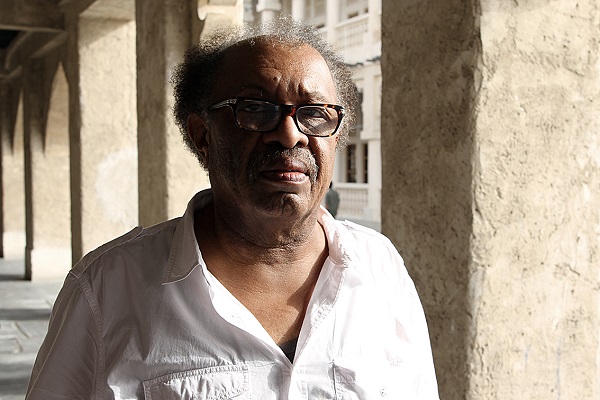Interview with shortlisted author Amir Tag Elsir
19/04/2018

Where were you when the shortlist was announced and what was your reaction to the news?
I was getting ready to enter the medical center where I had a shift. I checked Facebook in the parking lot, the shortlist announcement was being live streamed. I was definitely happy that my novel made it to the list. I turned off my phone and started my shift – postponing any interactions until after I was off work.
This is not the first time one of your novels tackles the early nineteenth century under Turkish rule. Why are you keen on writing about this period in history?
I write about different ideas. Some of my novels are historical, others are contemporary. I believe that historical fiction allows for a good amount of fluidity and movement. I like to read a lot of history and like to get inspired by it when I have a suitable idea for a particular setting. This novel is about sectarianism and chaos that was often repeated in history and is continuously being repeated. I found it suitable to be written in that time period.

© Khéridine Mabrouk / IPAF
The heroine of the novel is bi-racial. What is the importance of this background to her character and to the role that she plays?
Nothing in particular. The mixing of races does not signify anything, Khamila could have been born to two Coptic natives of Soor city. But some things stick to my subconscious mind and then come out in writing. In Rome, I had met a woman, a painter called Valerena. I liked her character and I think she found her way into the text without my knowledge. You know that Khamila’s mother is a painter too.
At the beginning of the novel, the people of Soor city, though from different backgrounds and religions, coexist peacefully. Is Soor city fictional or real?
Fictional, but surely not far from reality. As long as Soor city is fictional, then its organization and life are also fictional. In my writing I always mix reality with fiction so that it neither purely this nor that.
“How do creeds transform from paths of good to paths of evil like that? And how can they be brought back to the paths of good if we want to bring them back?” Can the novel’s ending – which is open and somewhat pessimistic – be considered an answer to this question that is posed in the novel?
To a certain extent yes. We see that all doors are closed in this regard. Evil is very intense and what is left of goodness struggles to take its place. The truth is there is not much to be done.
